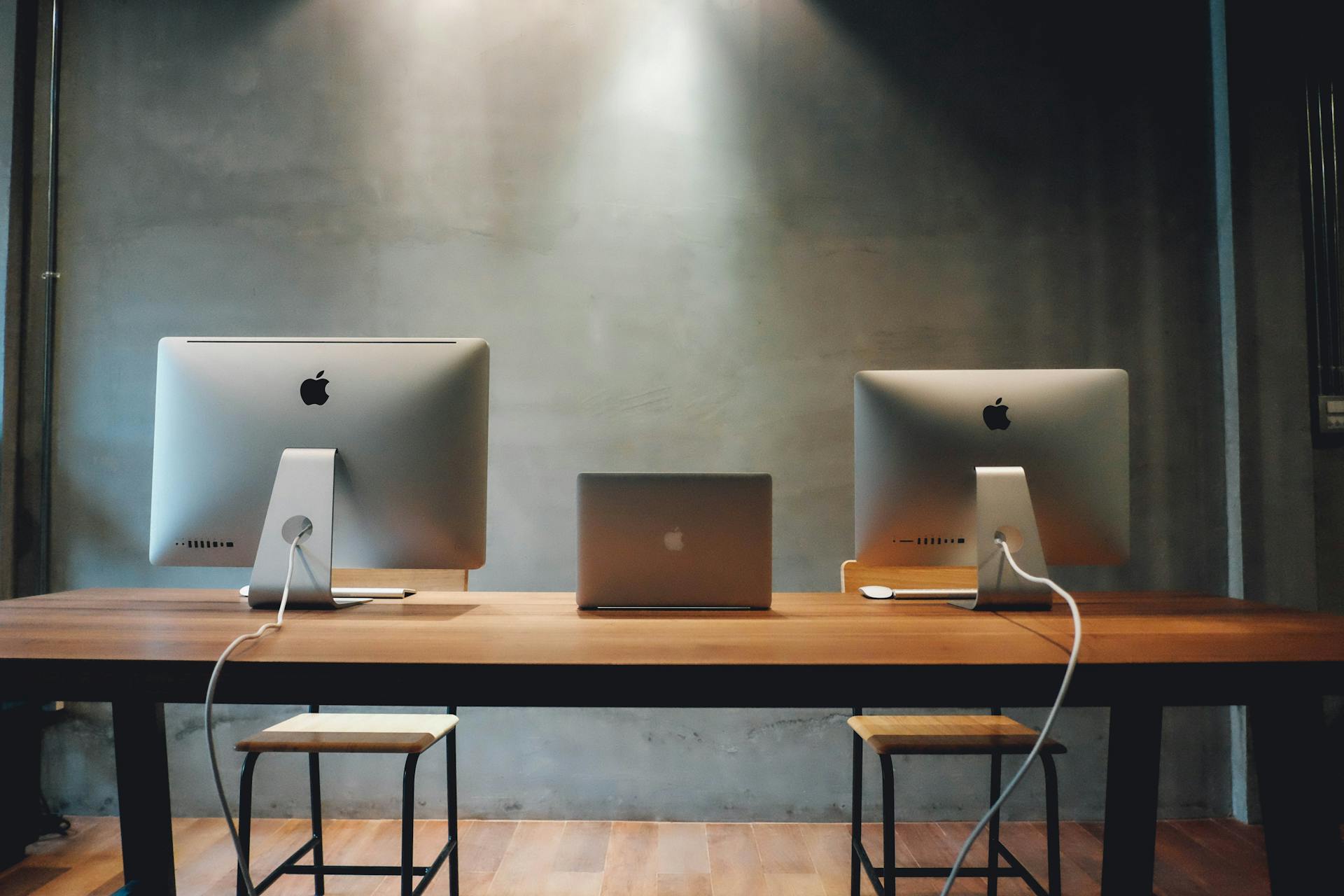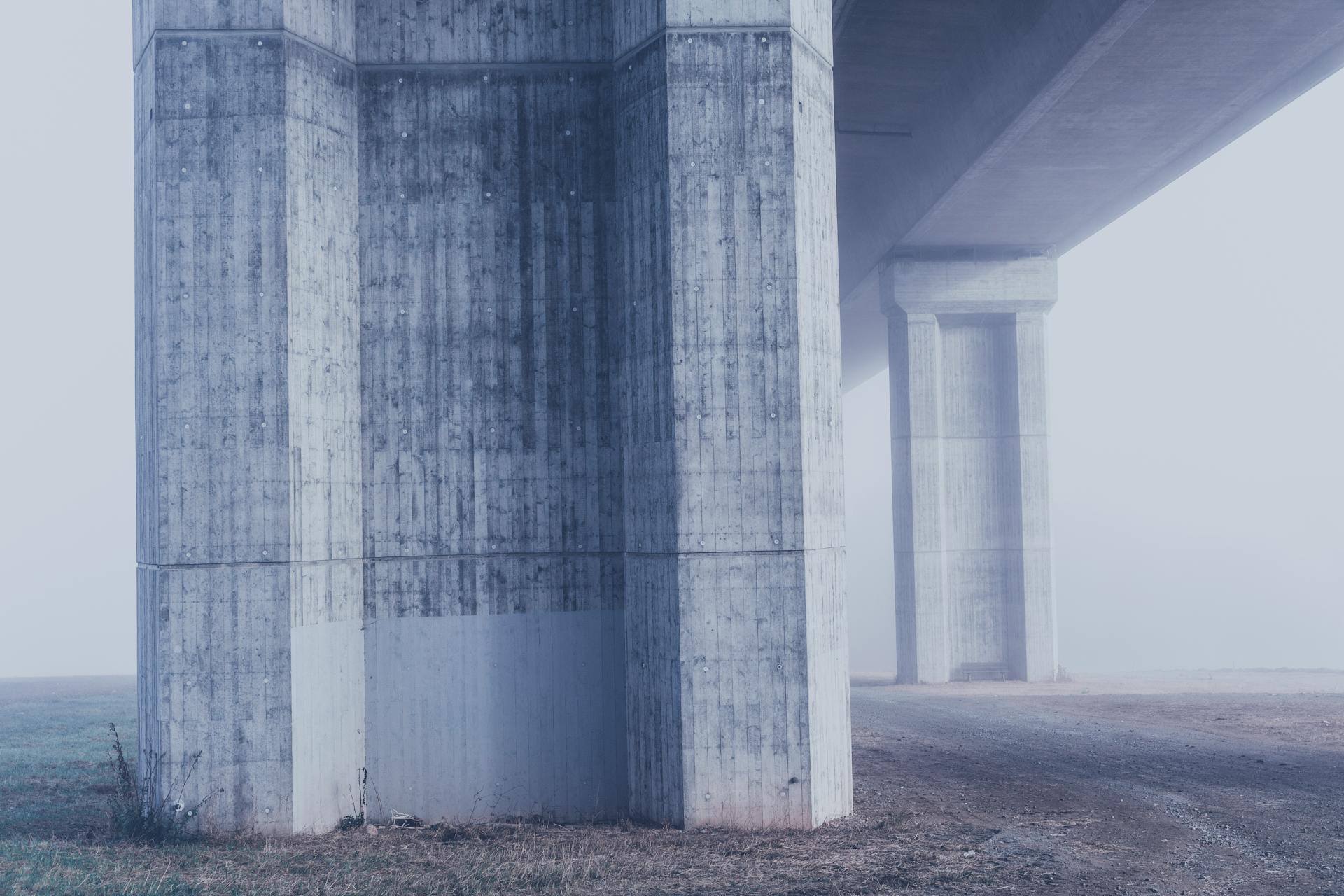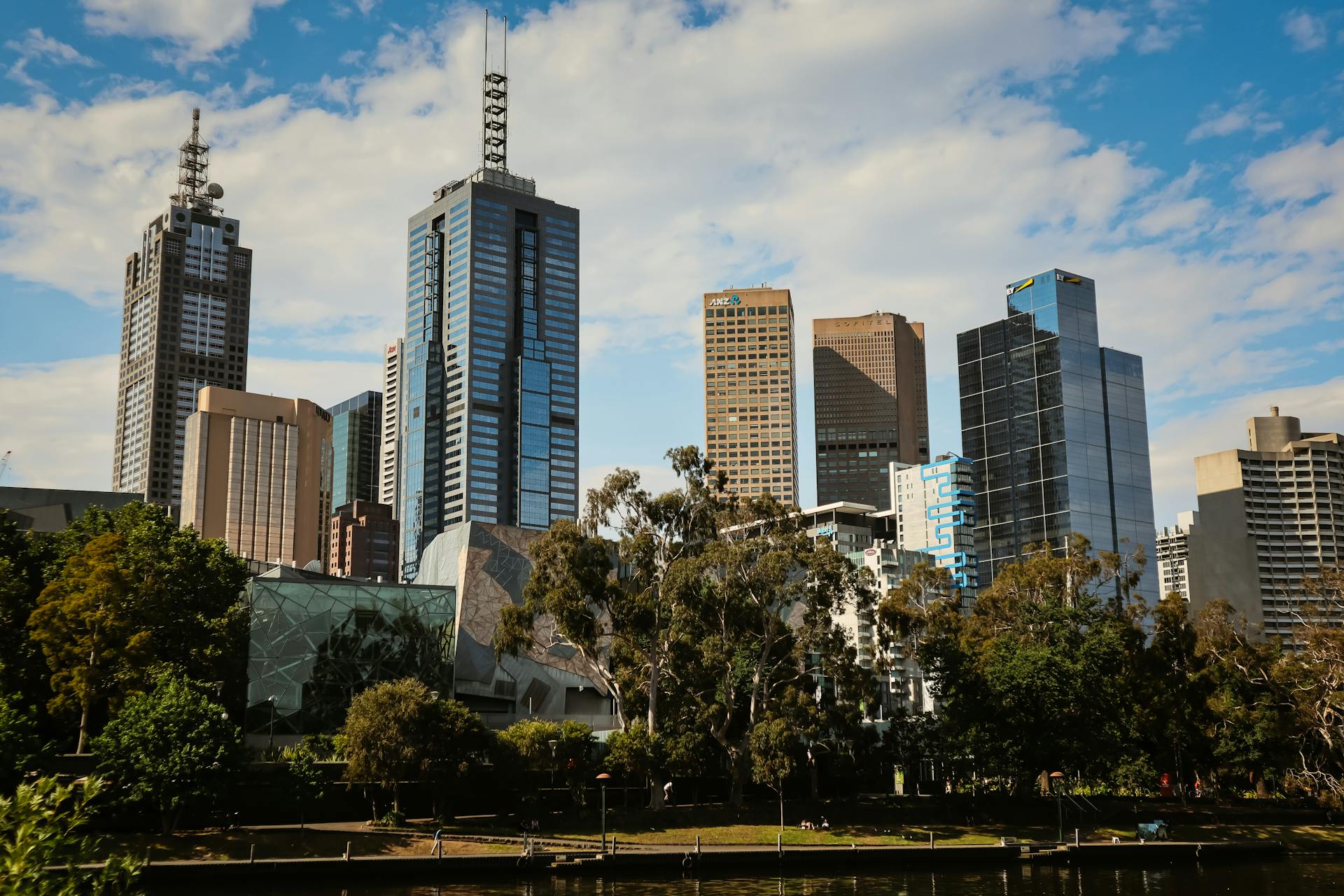
The term "sustainable city" conjures up images of gardens, large public parks, bicycle paths and a clean environment. As urban growth continues to accelerate and population density increases, the need for sustainable solutions has become more pressing. One such solution is the construction of sustainable high-rise buildings.
Cities full of high-rise buildings are not a new concept in our history. Urban planners have long sought ways to create a livable city that can accommodate growing populations while maintaining a connection with nature. Today we call these sustainable cities, and sustainably building high-rise structures is an essential part of it. As cities continue to grow quickly on a wider scale, it is vital that we find ways to make them more environmentally friendly and energy-efficient.
Here's an interesting read: Benefits of High Quality Wood
Sustainably Building High: A Story You Won't Want to Miss

Sustainable high-rise buildings are changing the way we design skyscrapers in recent years, and it's a story you won't want to miss. With continued emphasis on incorporating biophilic design and emphasizing people-centric design, sustainable high-rises offer a new way of living in the city that prioritizes the environment and human well-being.
Explore projects like NYC's popular High Line, which emphasize flexible design and specific sustainable design guidelines to create spaces that are both beautiful and functional. By incorporating green space into high-rise buildings, architects can help reduce heat island effects and improve air quality for those who live and work within them.
But it's not just about sustainability - sustainable high-rise buildings also offer a more comfortable living experience for residents. By incorporating biophilic design, which connects people with nature through design elements like natural light and greenery, these buildings can promote mental health and well-being. So if you're interested in sustainable architecture, be sure to keep an eye on the latest developments in sustainable high-rise buildings!
Suggestion: High Tech Green Building Solutions
Efficiently Building Our Future: Sustainable Urban Planning
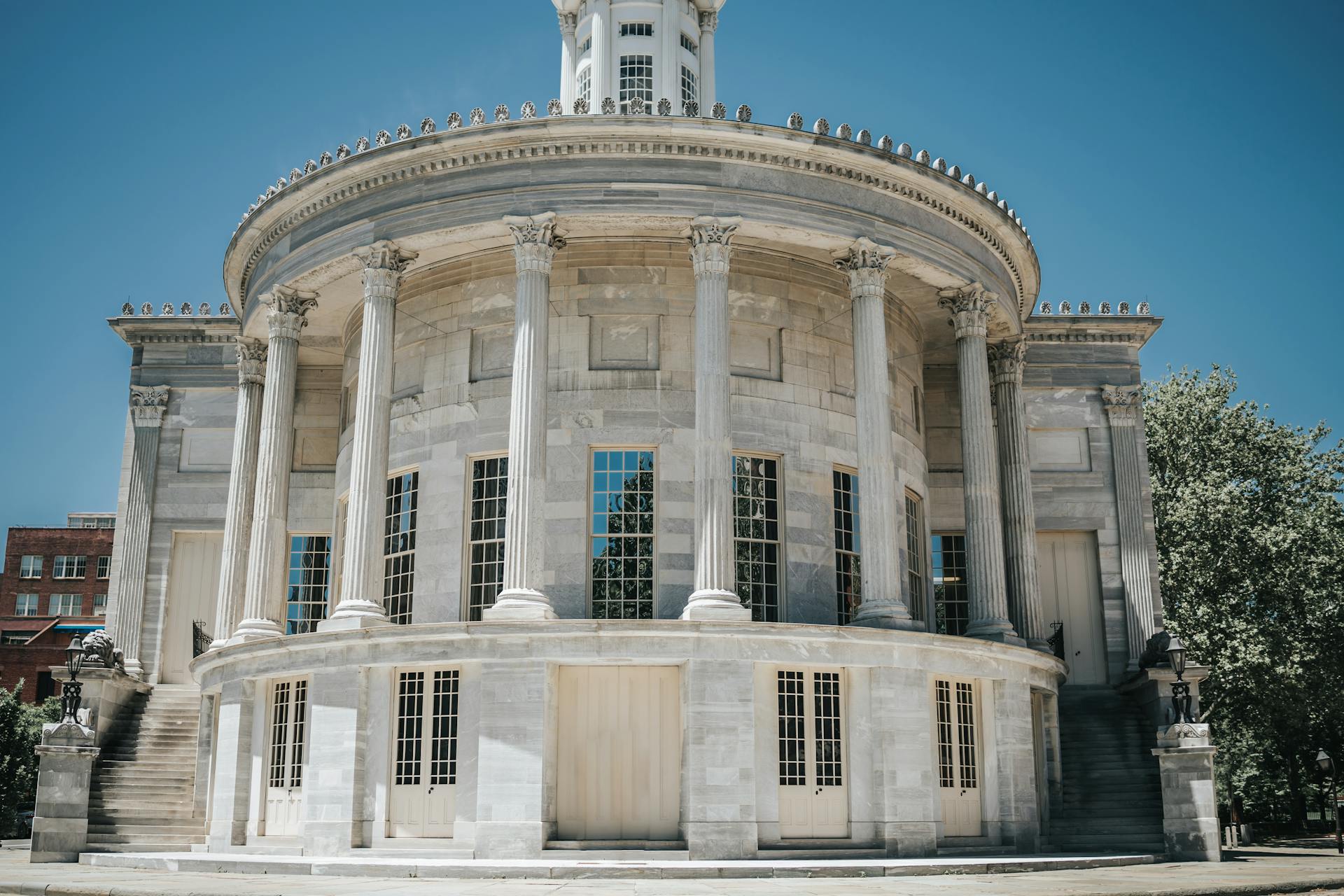
Sustainable urban planning is a new approach to building our cities. Unlike the past approach where high-rise buildings were erected without any consideration for green space, sustainable high rise buildings are designed with the environment in mind. The ville radieuese le corbusier planned ville radieuse or radiant city model included plenty of green space, and the design aimed to improve living standards by separating districts with clear borders.
Le Corbusier's plan was centered around large skyscrapers that housed commercial areas on the ground floor. The city plan also featured apartments called unites which were prefabricated housing zones that accommodated up to 2700 people with common areas on the ground floor. The convenient layout of the residences provided sunlight and houses gaps that are essential for healthy urban life.
However, this city model remains untested as it has not been implemented yet. There are relevant challenges that city planners must pay attention to such as traffic noise and public space factors that include healthy urban life, transport, and other aspects of the urban environment. Le Corbusier handled these factors through his big picture approach where he looked at all relevant challenges holistically rather than focusing on individual issues.
Creating Green Spaces for a Sustainable City
Green public spaces are an important aspect of sustainable development in modern cities dominated by high-rise buildings. In the past, planning approaches such as Le Corbusier's urbanization philosophy failed to recognize the positive aspects of open space and community life. However, a sustainable approach to city design recognizes the impact high-rise buildings have on the built environment and seeks to protect natural areas while still providing green spaces for urban dwellers to enjoy. Creating these spaces is crucial for promoting sustainable urban life and enhancing the natural environment within our cities.
Transforming lives through cheap green energy and innovative thinking
Transforming lives through cheap green energy and innovative thinking is what the Favela da Paz Institute in Jardim Nakamura, Brazil is all about. This community project situated in one of São Paulo's low-income communities was founded by brothers Fabio and Claudio Miranda, who aimed to create a safe social gathering space for residents while also addressing their needs for reliable and sustainable sources of energy. The project has been recognised worldwide as an urban ecovillage that generates renewable energy, organic food, and vertical gardens.
One of the most innovative solutions implemented by the Favela da Paz team is the micro solar energy generator inside each residential building, providing free electricity to the homes that used to rely on inefficient and expensive electric water heaters. The project has also installed rainwater harvesting systems to reduce water consumption and costs while providing irrigation for the vertical gardens. Solar water heating provides hot water for residents' daily needs without relying on electric shower units or fuel bills.
But perhaps one of the most impressive aspects of this community-driven initiative is its use of home-made technologies such as created biodigesters converting organic waste into cooking gas. These simple yet effective solutions have transformed the lives of many individuals living in low-income communities not just in Brazil but in other countries worldwide where similar projects are being developed. With sustainable high-rise buildings becoming more prevalent across major cities globally, it's clear that innovation and green energy are key to creating a better future for all.
Local, natural and low carbon – at scale

Local, natural and low carbon – at scale. The East Anglia Enterprise Centre in Norwich, United Kingdom is a project that showcases low carbon sustainable building at its best. The centre was designed to have a highly ecological specification and pass major sustainability certifications such as the Passivhaus standard and BREEAM Outstanding Future Climate Data.
The design scenarios for the building were carefully considered to provide a robust long-term solution, with internal stud partitions made from innovative material choices. Cement was replaced with utilized local recycled sand, while local Norfolk thatch was used on the roof. Nettle boards were also used to meet Passivhaus requirements.
Low energy fittings gave the building a life carbon footprint of 20 kgCO2/m²/yr, which is 70% lower than typical buildings. Iron-making industry lowering embodied carbon concrete mix also contributed to this low-carbon achievement. The use of local and natural materials not only reduced emissions but also supported the community and preserved traditional building practices. In short, the East Anglia Enterprise Centre proves that sustainable high rise buildings are possible with local, natural and low carbon materials at scale.
Readers also liked: Office Building Amenities
Sustainable high-rises have efficient energy use
Sustainable high-rise buildings are an important part of sustainable urban development. Energy efficiency is a critical point in ensuring that these towering structures are environmentally friendly. It is of great importance to ensure that energy consumption in high-rise buildings does not result in intense amounts of greenhouse gas emissions.
One example of an iconic green building that includes sustainable energy production key features is the One Central Park tower in Sydney, Australia. This mixed-use high-rise building has towers 116m and 645m high, with a residential tower and a monumental cantilever suspended over the central park. The remarkable console has hydroponic vertical gardens that help reduce heat absorption while also improving air quality. The cantilevered heliostat solar power tower with reflector panels captures sunlight and redirects it into the shady green areas below.
In addition to capturing solar power, the One Central Park tower also has a water recycling plant and low carbon trigeneration power plant, which together save 136 thousand tons of greenhouse gas emissions over 25 years. In conclusion, sustainable high-rises have efficient energy use as one of their key features, making them crucial for sustainable urban development. Buildings like One Central Park set the bar for eco-friendly architecture through innovative designs such as cantilevered heliostats and hydroponic gardens.
Worth a look: Prefab Building
1. Three examples of sustainable high-rise buildings
Looking for examples of sustainable high-rise buildings? Check out the 1 Pixel Building in Melbourne, Australia, which features balcony structures and natural water purification systems. Another great example is CopenHill in Copenhagen, Denmark, a waste-to-power plant that offers areas for skiing, hiking, and climbing while also serving as an urban recreation center and environmental education center. And don't miss the stunning Skidmore Owings & Merrill-designed Garden Skyscraper in Paris, France - at 180m high, it's a zero-energy building with a garden bridge over the River Seine and sustainable design elements like rainwater harvesting and waste-to-energy recycling.
Achieving Large-Scale Green Standards with a Regular Budget
Monash Woodside Building in Melbourne, Australia is a perfect example of achieving large-scale green standards with a regular budget. It is an important project that has set the benchmark for sustainable high-rise buildings in the global construction industry. The building achieves the highest sustainability standards while sticking to conventional budgets.
The key to constructing large-scale sustainable buildings is by designing well-insulated airtight buildings that have good building envelope performance. This greatly improves energy efficiency and reduces carbon emissions. Currently, there are over 3050 certified Green Star Buildings worldwide, but more refurbished net-zero carbon buildings need to be constructed to tackle climate change.
According to Andrew Cortese, Managing Partner at Grimshaw Architects, achieving sustainable high rise buildings with conventional budgets is possible if designers prioritize energy efficiency and building envelope performance. By doing so, we can reduce our carbon footprint and contribute towards a greener future.
A bamboo cathedral for learning
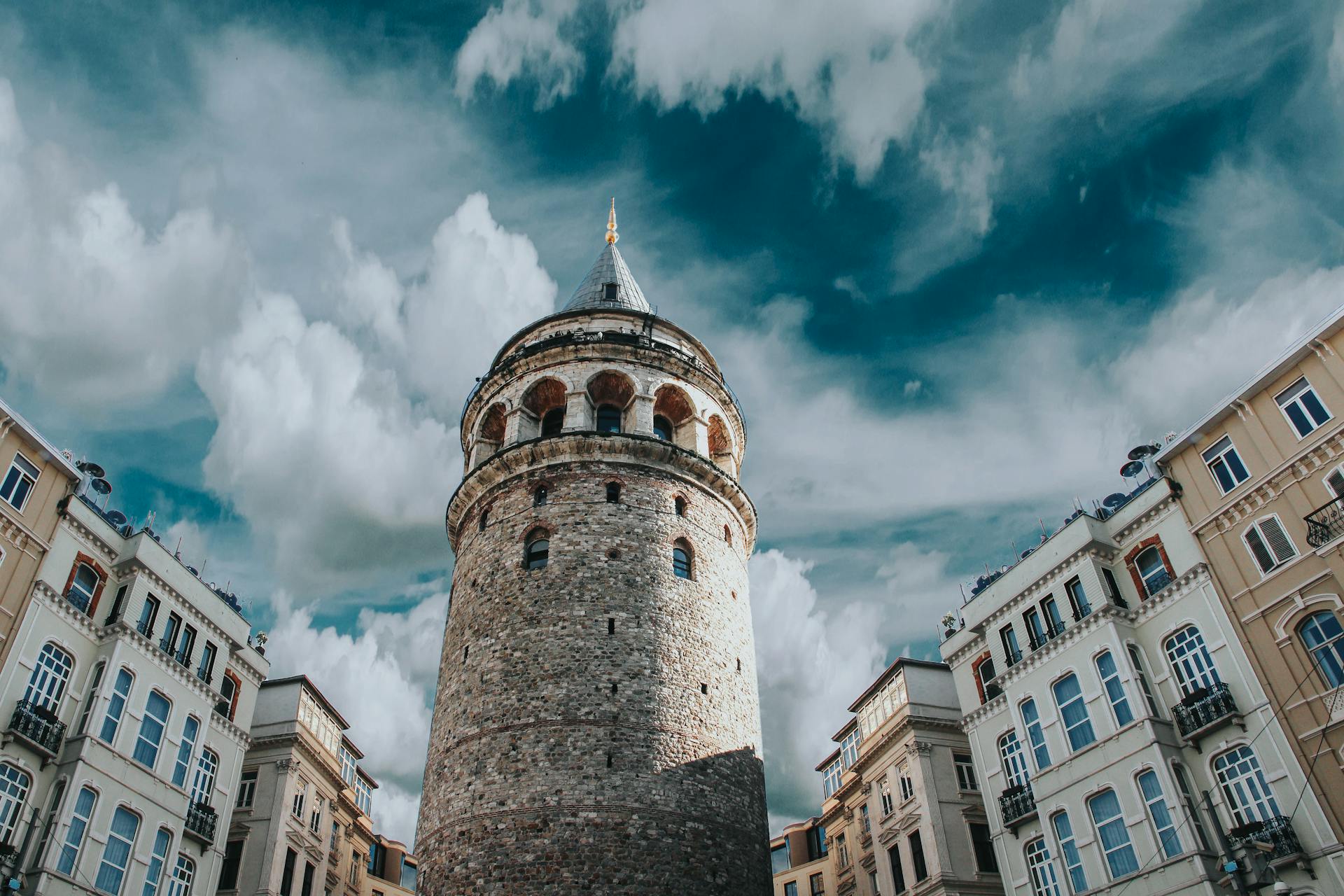
A bamboo cathedral for learning is what you'll find at the Green School in Bali, Indonesia. This school is a pioneer in sustainable high rise buildings, using local materials like bamboo to build their campus. Bamboo is a sustainable and versatile material that grows rapidly, making it an ideal choice for green construction.
The Green School helped facilitate the use of bamboo as a building material and teaches architects, designers, engineers, and environmental advocates about the benefits of bamboo promoting its use in other sustainable high rise buildings. Their commitment to sustainability is evident throughout their entire campus, from the solar panels that power their classrooms to the organic gardens that feed their students. The Green School serves as a model for schools around the world looking to embrace eco-friendly practices while still providing quality education.
Frequently Asked Questions
How do high-rise buildings impact the capacity for sustainable urban life?
High-rise buildings can impact the capacity for sustainable urban life in various ways, such as increasing traffic congestion, creating urban heat islands, and increasing energy consumption. However, if designed and managed properly, high-rise buildings can also provide opportunities for sustainable living through innovative technologies and efficient use of resources.
Do we need a higher sustainability bar for new buildings?
Yes, we need a higher sustainability bar for new buildings to reduce their environmental impact and promote long-term sustainability. By implementing green building practices, we can create healthier, more efficient structures that benefit both the environment and their occupants.
Can green buildings be used in high-rise construction?
Yes, green buildings can be used in high-rise construction. In fact, many modern skyscrapers are designed with sustainable features such as energy-efficient lighting and HVAC systems, green roofs, and renewable energy sources.
Are high-rise buildings sustainable?
Yes, high-rise buildings can be sustainable if they are designed and constructed with environmentally friendly materials, energy-efficient systems, and incorporate features such as green roofs and renewable energy sources. However, their sustainability also depends on how they are operated and maintained over time.
What are some examples of sustainable architecture?
Examples of sustainable architecture include buildings that use renewable energy sources, incorporate green roofs or walls, utilize natural ventilation and lighting, and are made from eco-friendly materials such as bamboo or recycled steel.
Featured Images: pexels.com

